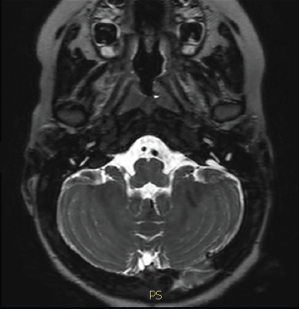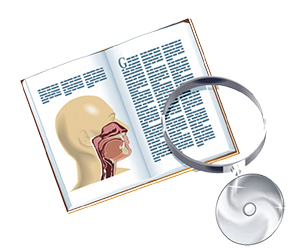ENTtoday debuts a new column—The Great Debate—in which members of the otolaryngology field discuss both sides of common protocols or procedures physicians regularly encounter.


ENTtoday debuts a new column—The Great Debate—in which members of the otolaryngology field discuss both sides of common protocols or procedures physicians regularly encounter.
The current recommended MRI surveillance schedule includes MRIs at one, five, and 10 years postoperatively

Pursuing MRI in patients with documented ASNHL is more cost-effective than observation
Patients with an unexplained, asymmetric sensorineural hearing loss are significantly more likely to have an abnormal MRI scan

Disagreement exists regarding the cost-effectiveness and necessity of an initial GdT1W MRI
The choice between MRI and CT will have to be determined by individual clinicians, based on their assessments of relative risks and benefits
Drug-induced sleep endoscopy and cine MRI are the most commonly reported tools to identify obstruction sites for children with persistent OSA

Radiologists Hugh Curtin, MD and Caroline Robson, MBChB discuss indications for both CT and MRI imaging studies in the evaluation and management of otologic disease.
Both techniques can yield diagnostic information in evaluation of hearing loss in children
MRI scans, microsurgery, and radiosurgery treatment modalities measured for quality-of-life impact